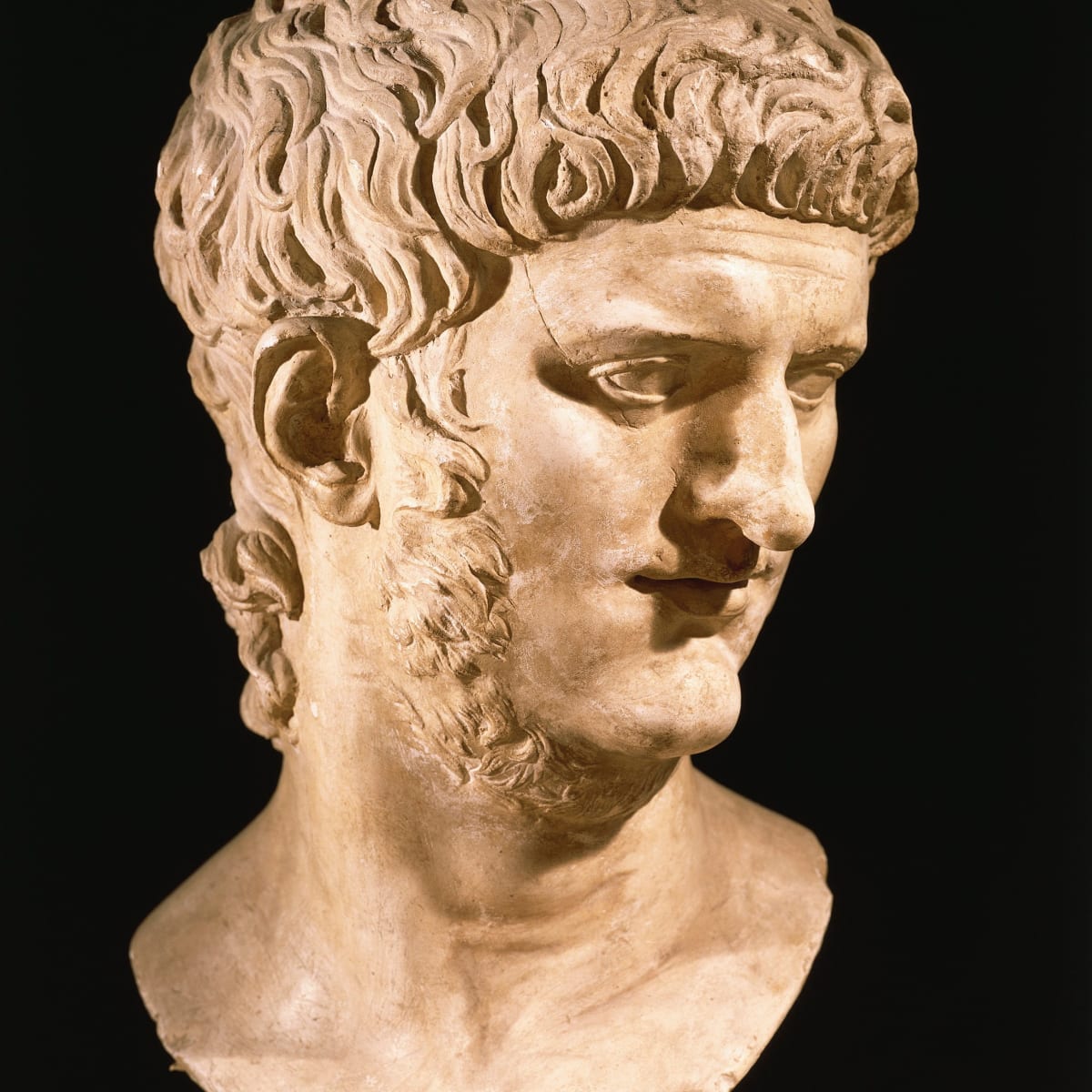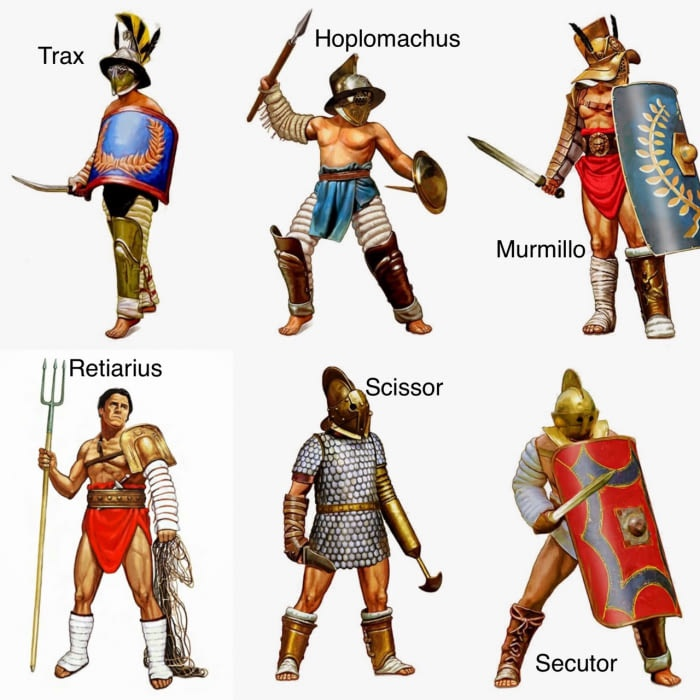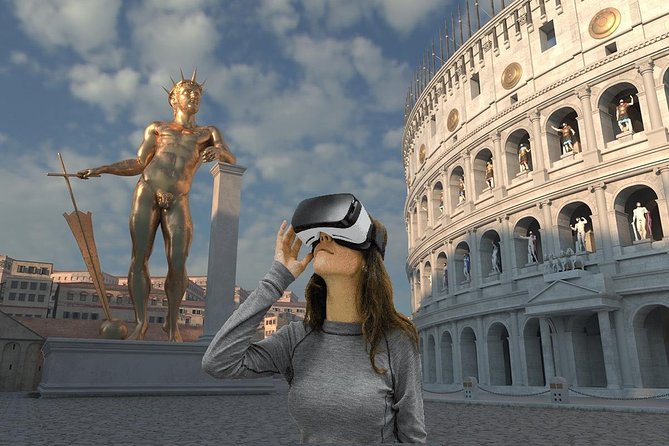The first permanent amphitheatre.
Before the colosseum was built, gladiator combat was held in the Roman Forum. On festival days temporary barriers and seating were erected for the spectators. Some animal hunts also took place in the forum, but these were usually held in the Circus Maximus. During the end of the Republic, the building of entertainment structures had become problematic. Whoever gave built theatres and stadiums would be loved unconditionally by the people! Pompey was the first to build a permanent stone theatre where theatrical plays and some animal hunts were held. Vespasian’s plan to get the people of Rome certainty worked!
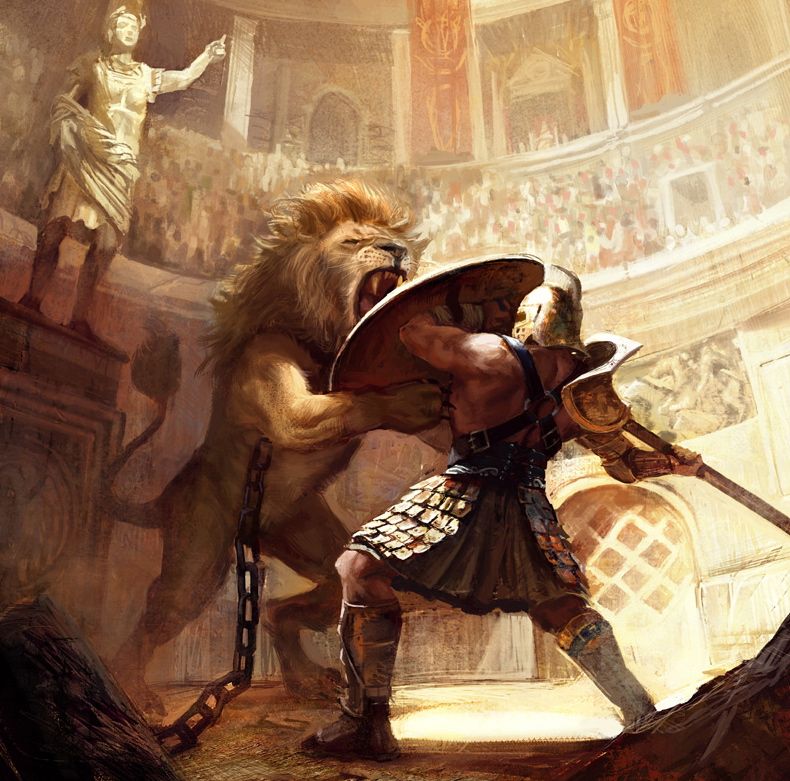
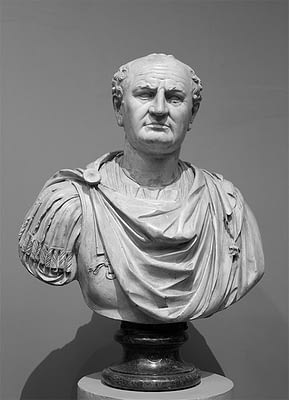
Who built the Colosseum?
Unlike Nero, the emperor Vespasian supported the authority of the senate and concentrated on public welfare. He and his sons (Titus and Domitian) came to be known as the Flavian Dynasty. Vespasian was not from an aristocratic family and he discouraged the excesses of the Roman court that the previous ruler had been so well known for. Naturally, the idea of gifting Nero’s land to the citizens of Rome was a welcome idea. This symbolic gesture was the beginning of the Colosseum. It was Vespasian who commissioned the building of the first permanent Amphitheatre in Rome on the site of Nero’s stagnum or lake.
The Flavian amphitheatre (The Colosseum)
Unlike Nero, the emperor Vespasian supported the authority of the senate and concentrated on public welfare. He and his sons (Titus and Domitian) came to be known as the Flavian Dynasty. Vespasian was not from an aristocratic family and he discouraged the excesses of the Roman court that the previous ruler had been so well known for. Naturally, the idea of gifting Nero’s land to the citizens of Rome was a welcome idea. This symbolic gesture was the beginning of the Colosseum. It was Vespasian who commissioned the building of the first permanent Amphitheatre in Rome on the site of Nero’s stagnum or lake.
Construction began under Vespasian, he gave the orders to drain and destroy the lake of Nero’s palace. When he died in 79AD, the structure was almost complete. It was Titus who would finish the actual superstructure, a promise he made at Vespasian’s funeral. Increasing the number of workmen, he gave orders that they must work 24 hours a day to finish the construction. When the building was inaugurated in 80 AD it wasn’t the building we know today, the last tier did not exist and the ‘underground’ or hypogeum had not yet been built.
It is Vespasian’s son Domitian who is responsible for the building we visit today. Some ten years after the inauguration, work continued. The height of the colosseum was extended providing more seating at the top for the poorest elements of society. But more exciting for the ancient spectators (and us) is what was built underneath the arena. It was under Domitian that special effects became a permanent part of the games. He excavated underneath the arena, constructing corridors that would hold the system of elevators, ramps and pulleys that would allow animals and men to pop up onto any part of the arena.
The Colosseum’s opening games
Titus inaugurated the Flavian Amphitheater (Colosseum) in 80 AD with a bang – 100 consecutive days of games or Ludi. These would set the tone for imperial games at the Colosseum thereafter. At the inauguration games there was spectacle after spectacle of animal hunts, executions and gladiator fights to entertain the people. All given for free by the emperor Titus who arranged for wooden balls inscribed with gifts or cash prizes to be thrown into the crowd.
There was seemingly no end to the various wild and exotic animals that were put on display during the venationes; most meeting their end in the arena after being hunted by venators. Criminals were thrown to wild animals in the arena, or their executions were made into fantastical shows. The gladiator battles were the main event and peak of entertainment for the crowd.
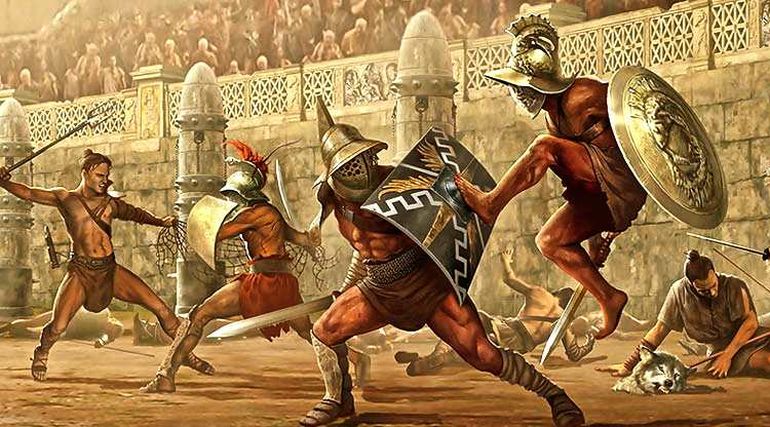
Sources agree on the extravagance of the games, Titus showed animals that had never been seen before and had countless pairs of gladiators – one late source claims 5,000 men and animals died on the first day. Lavish games had been held before but these set a new standard and each emperor that followed would scour the lands for men and animals to hold ever more spectacular spectacles.
